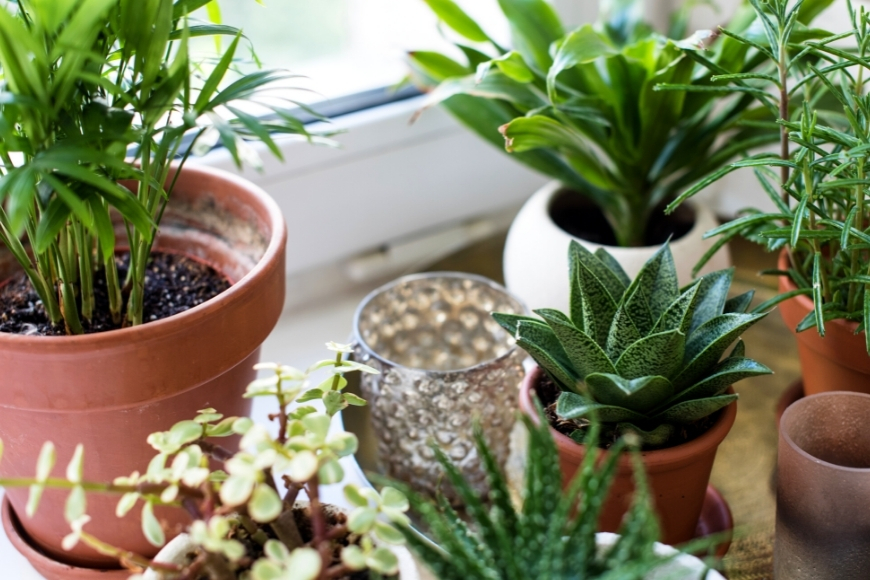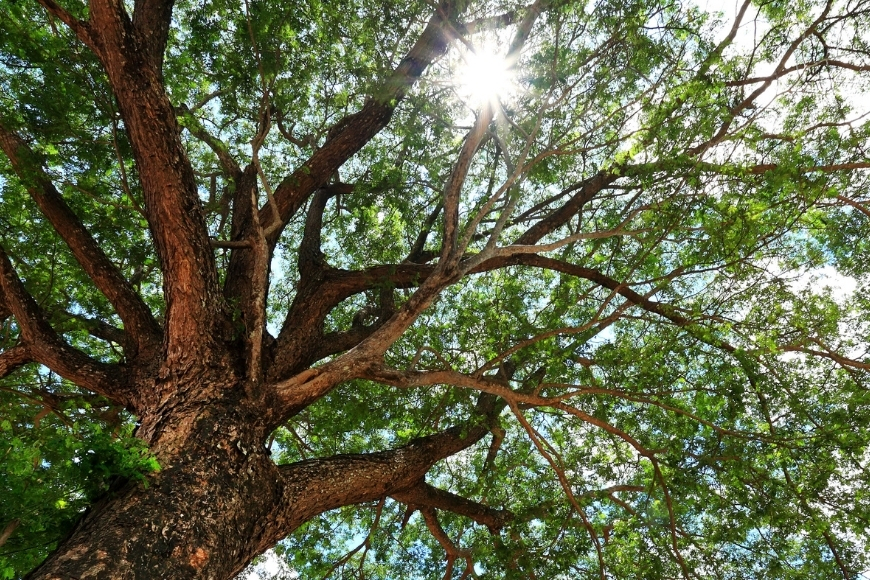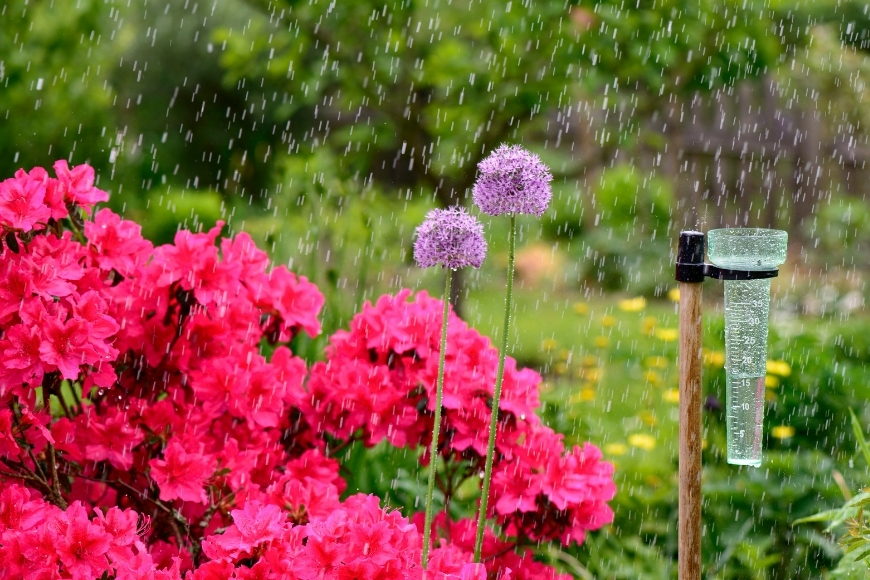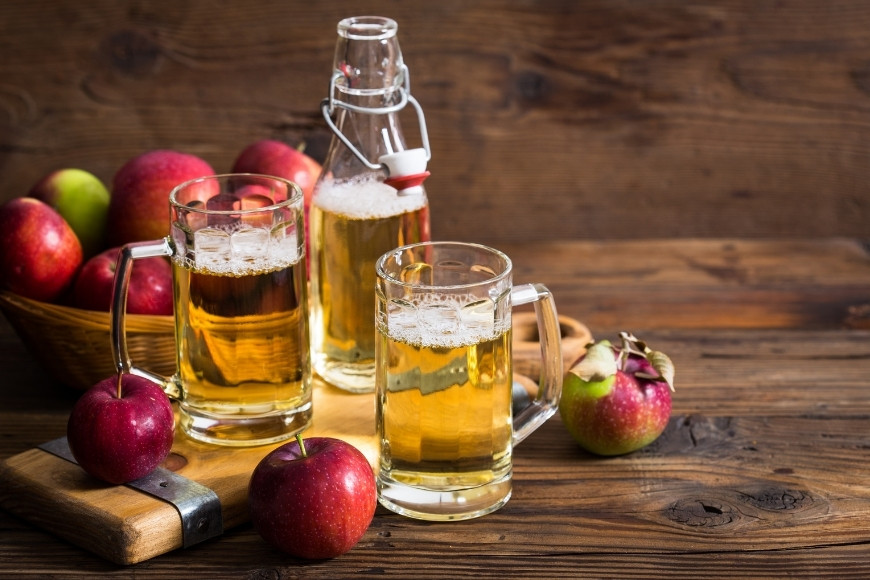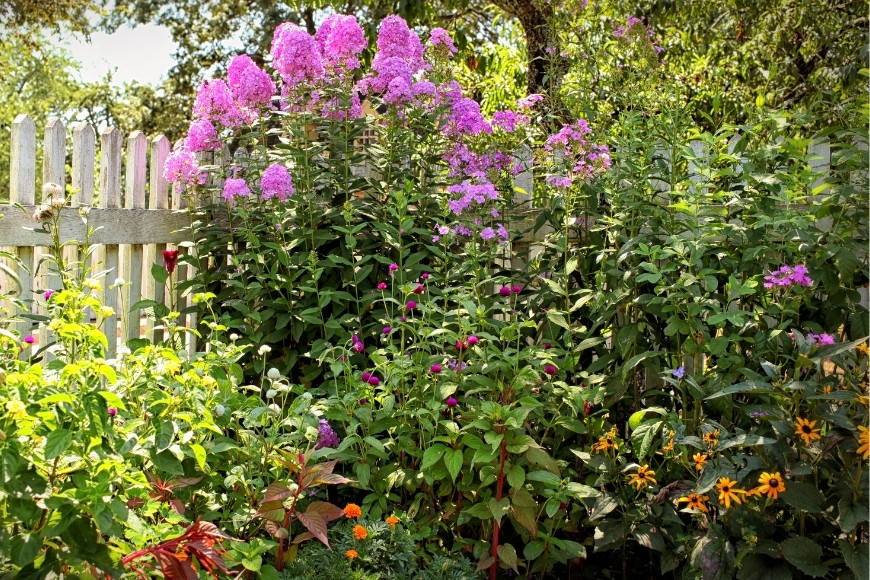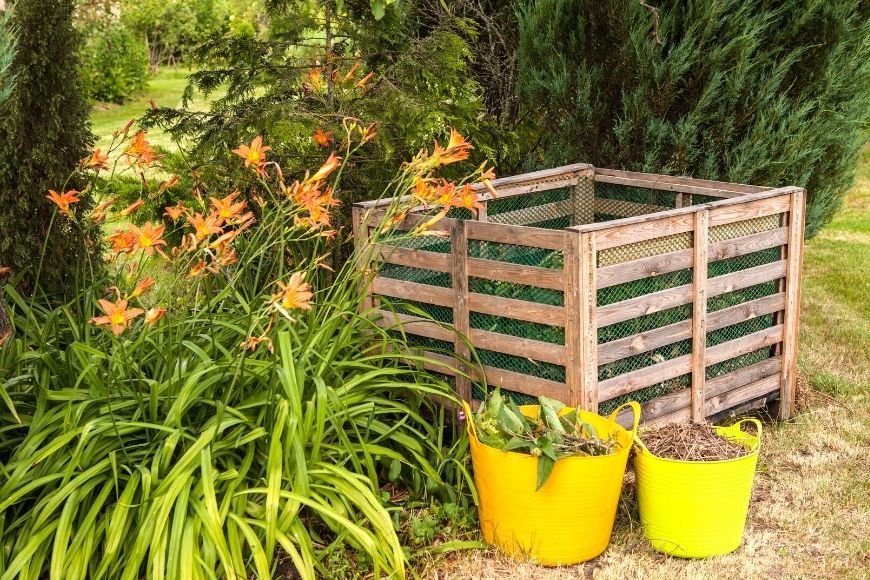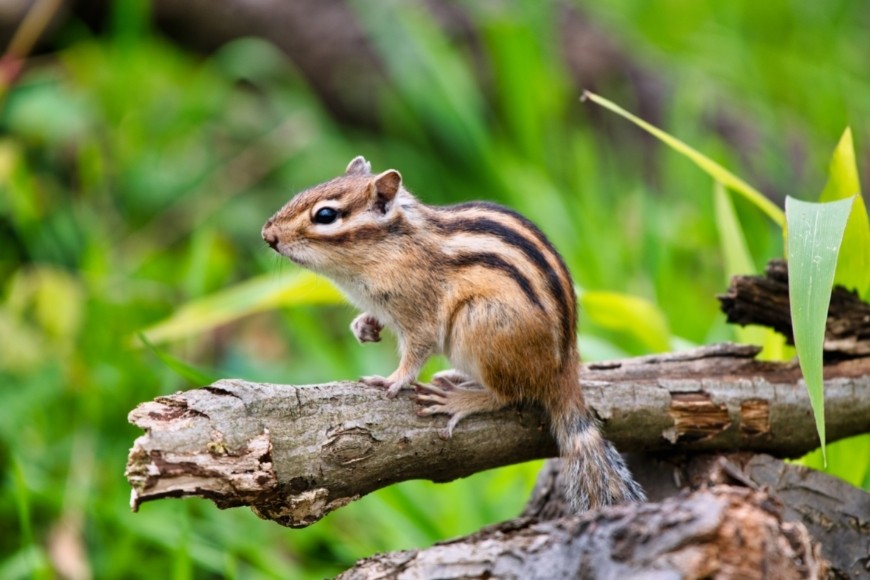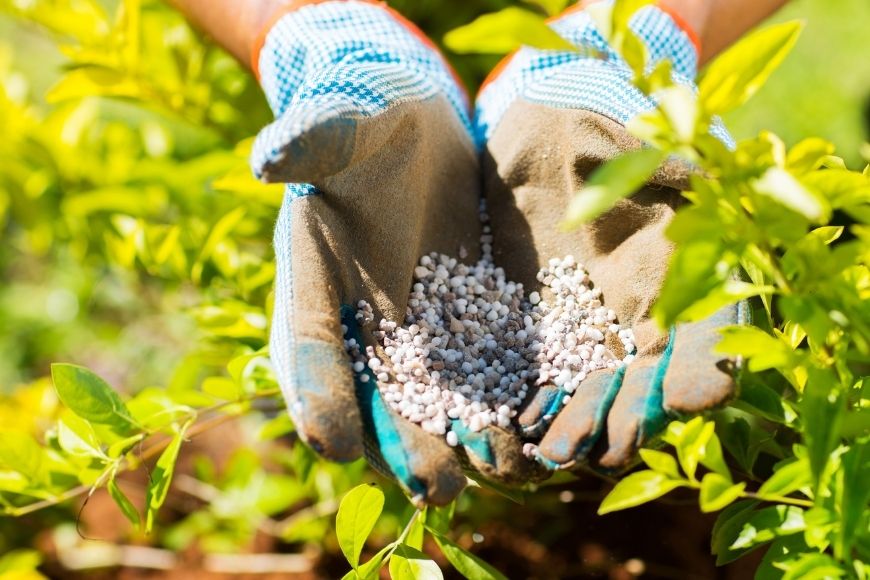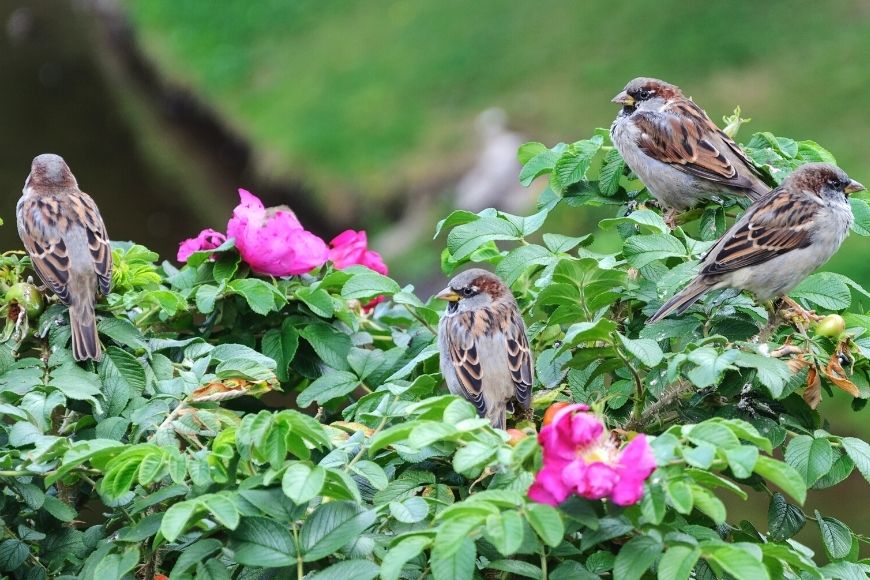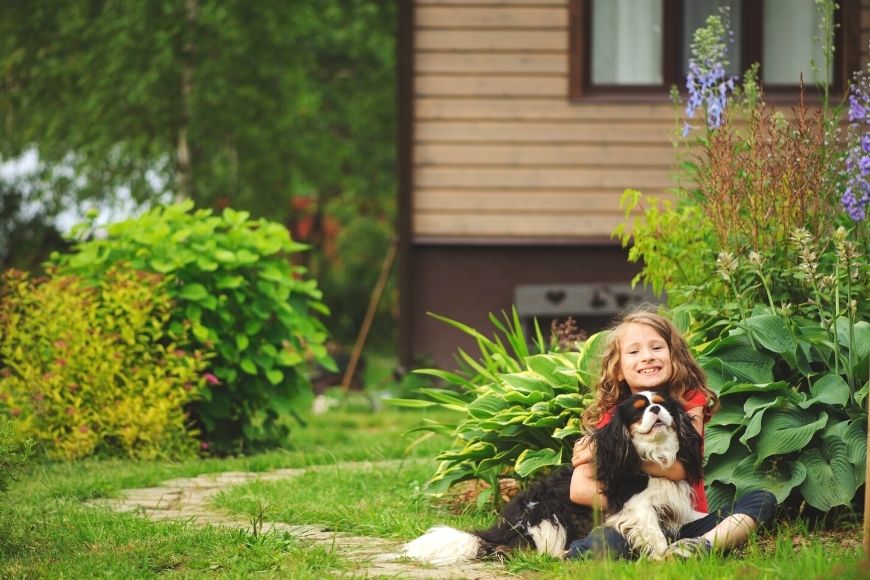Indoor gardening is a great way to bring the beauty of plants into your home. Not only do houseplants add appeal to your interior space, but they also purify the air you breathe.
However, choosing houseplants can feel daunting if you’re new to growing indoors. If you’re hesitant to bite off more than you can water, don’t worry. We chose our top 10 low-maintenance houseplants to help make the decision easy.
How to Create a Curated Houseplant Collection
If you’re looking to start a collection of indoor botanical beauties, keep in mind that many of the same rules for outdoor gardening apply to houseplants. Aim for contrast in color, size, and texture.
Many indoor gardeners choose a theme, color scheme,

